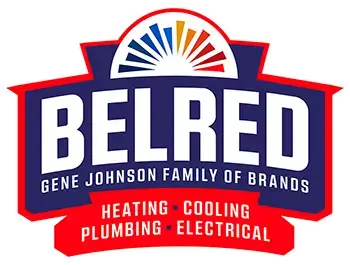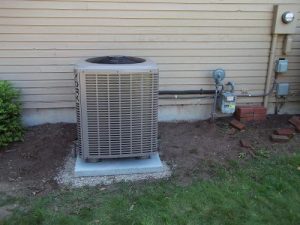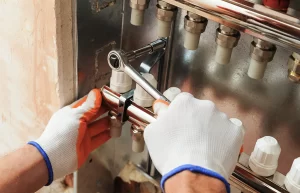If you’re a regular reader of the BelRed blogs, you’ve probably seen a lot of mentions of many different aspects of home energy, safety and efficiency. One such topic discussed in many different posts is indoor air quality. While some may have a fantastic understanding of the factors and causes behind good or poor indoor air quality, we wanted to be sure to give a detailed overview of this important topic. Ensuring you have good indoor air quality could not only make your home a more comfortable place to live, it could also keep you and your loved ones healthier and safer. Here are some questions and answers that should give you a great overview on the importance of indoor air quality:
What is indoor air quality (IAQ)?
Indoor air quality is the air quality within your home as it relates to the home’s inhabitants’ health and comfort.
What causes poor indoor air quality?
Poor indoor air quality is typically caused by a few different factors. First, indoor pollution sources that release gases or particles into the air are the primary cause of poor air quality. In addition to these sources, inadequate air ventilation can cause these gases and particles to build up and become even more harmful. Typically, a certain amount of outdoor air needs to be brought into the home to dilute these harmful particles and gases within the home to maintain good indoor air quality. If not enough fresh air is able to circulate, the overall air quality will suffer greatly. High temperature and humidity can also play a huge part in increasing the concentration of these harmful pollutants.
What are some pollution sources that can cause poor indoor air quality?
These sources have a wide variety, making it important to have a well-rounded knowledge of potential causes of poor indoor air quality. Very commonly, heating sources including gas, oil, kerosene, coal or wood can all be sources of harmful pollutants if not properly ventilated. These heating sources can emit harmful gases such as carbon monoxide if not properly cared for. Additional sources include dangerous and harmful things such as mold or asbestos within the house. Malfunctioning appliances, specifically stoves or space heaters can also be harmful to your home’s indoor air quality.
How does outdoor air enter the home to dilute these pollutants?
Outdoor air enters the home in one of three ways: natural ventilation, infiltration and mechanical ventilation. Natural ventilation occurs through open windows and doors letting air into the home. Infiltration is when air enters the home through openings, joints and cracks in walls, ceilings, around doors and windows and in air ducts. Wind and differences in temperature can have an impact on how much air infiltrates into the home. Finally, there are a number of mechanical devices that bring fresh air into the home to provide ventilation. These units not only bring fresh air into the home, they can also be used to remove bad indoor air and circulate it outside.
Can poor indoor air quality affect the health of you and your loved ones?
Absolutely. Poor indoor air quality can have both immediate and long-term effects on the health and safety of those within a home. Immediate health effects can often mimic symptoms of a cold or other respiratory and/or viral diseases. Other irritations and allergy-like symptoms can also show in the short term. Long-term effects can be much more severe and debilitating. These problems can range from respiratory diseases, heart disease, and even cancer, and can be severely harmful or even fatal under extreme circumstances.
It is incredibly important to improve poor indoor air quality or maintain good indoor air quality in your home. It will keep you and your loved ones safe and increase the comfort you experience when you’re inside—which is a large portion of the year for most people. If you’re unsure of your indoor air quality or know you have to improve it, we’d love to help. Our experts can analyze the air quality of your home. Identify sources of indoor air pollution, and determine the best way to make sure your indoor air quality is the best it can possibly be. Just contact us here. For another in-depth look at indoor air quality, check out this video below:







